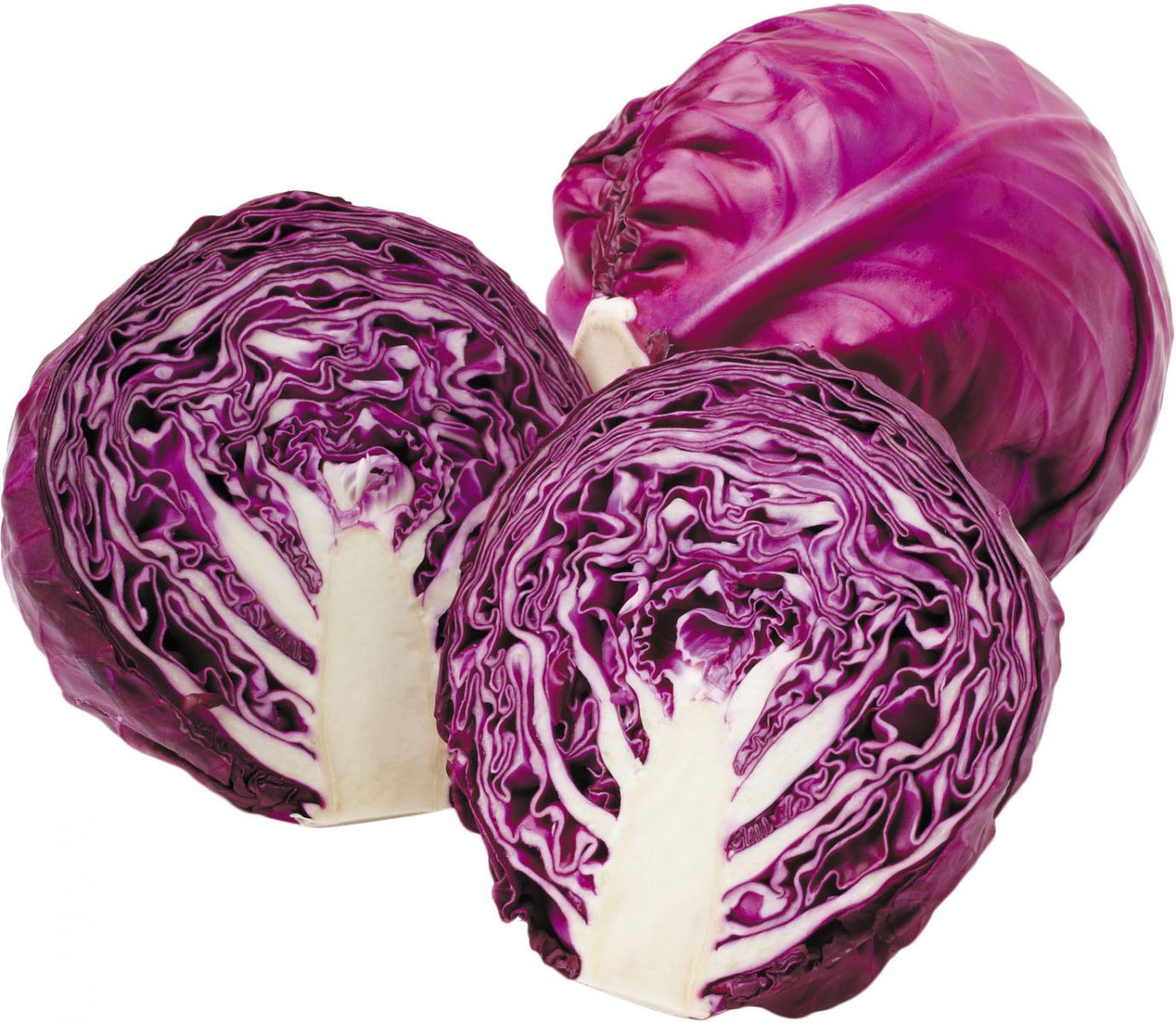Description
Origin
Cabbage is believed to have originated in Europe, specifically in the Mediterranean region, around 1000 B.C. It was widely cultivated by ancient Greeks and Romans and has since spread to many parts of the world. Today, it is a staple in many cuisines globally. Cabbage comes in various colors, including green, red, and purple.
The largest cabbage ever grown weighed 138.25 pounds.
Other Names
Yoruba: efo oyinbo or eso kabeeji
Igbo: kabeji
Hausa: Kabeji
Health Benefits
High in vitamins C and K, which support immune function and bone health.
Contains antioxidants such as polyphenols, which help reduce inflammation.
Rich in fiber, aiding in digestion and promoting a healthy gut.
May help lower cholesterol levels and support heart health.
Supports detoxification processes in the body due to its sulfur-containing compounds.
Nutritional Information (per 100g)
Calories: 25 kcal
Carbohydrates: 5.8 g
Sugars: 3.2 g
Fiber: 2.5 g
Protein: 1.3 g
Fat: 0.1 g
Vitamin C: 36.6 mg (61% of Daily Value)
Vitamin K: 76 mcg (95% of Daily Value)
Fun Fact: Did you Know?
Fermented cabbage, known as sauerkraut, was used by sailors to prevent scurvy during long sea voyages due to its high vitamin C content.
Uses
Used in salads and slaws for its crunchy texture and fresh taste.
Cooked in soups, stews, and stir-fries.
Fermented to make sauerkraut and kimchi, which are rich in probiotics.
Stuffed with meat and grains to make dishes like cabbage rolls.
Used in traditional dishes across various cultures, such as Irish corned beef and cabbage and Chinese stir-fried cabbage.
Recipes & Videos
International Recipe: Cabbage Stir-FryVideo: How to Make Cabbage Stir-Fry
Local Recipe: Nigerian Cabbage SoupVideo: Nigerian Cabbage Soup Recipe

 Cart is empty
Cart is empty 





Reviews
There are no reviews yet